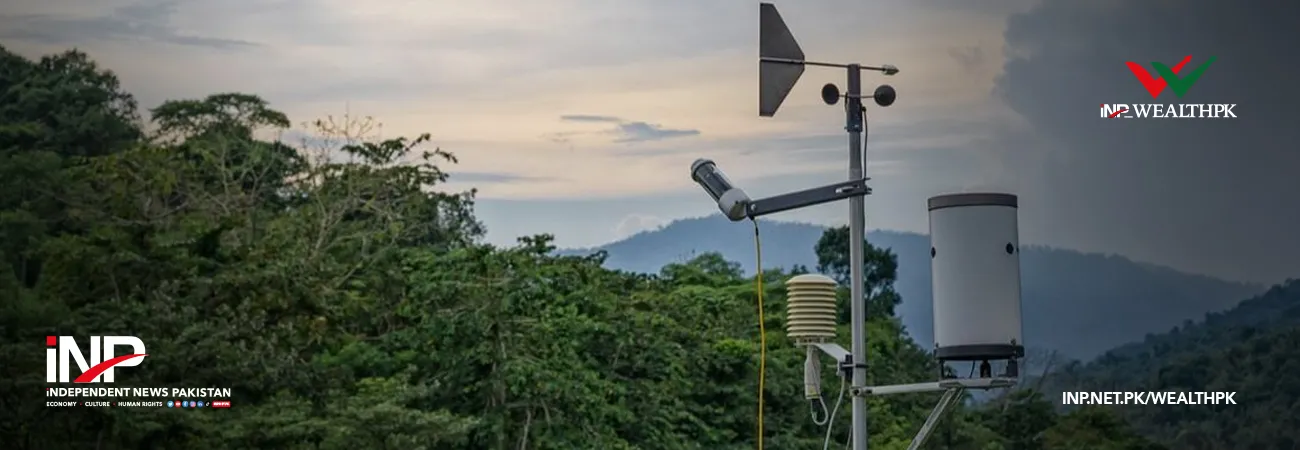INP-WealthPk
Abdul Ghani
Pakistan’s financial system underwent significant modernization in fiscal year 2024-25 as the State Bank of Pakistan accelerated its digital initiatives and introduced new tools of monetary management to strengthen transparency, inclusion, and policy effectiveness. According to the central bank’s Annual Report 2024-25, the convergence of digital transformation and improved policy frameworks marked a turning point in Pakistan’s financial governance.

According to the report, the expansion of the Raast instant-payment system and the growth of mobile and internet banking dramatically increased the volume of digital transactions across the economy. The SBP noted that transactions through Raast grew by over 90 percent during the year, with a notable rise in female account holders and small businesses using digital channels. It said that the system’s interoperability and cost-effectiveness helped bring millions of unbanked Pakistanis into the formal financial system.
The report highlighted that digital payments also gained momentum through mobile wallets and branchless banking. The value of e-banking transactions reached record highs, while the number of point-of-sale machines expanded significantly. The SBP said these trends were reshaping the financial landscape by enhancing convenience, efficiency, and financial inclusion. The regulator continued to implement its five-year strategy for digital financial services, focusing on cybersecurity, fintech regulation, and gender inclusion.
Alongside technological transformation, the central bank strengthened its monetary-policy framework to anchor inflation expectations and improve policy communication. The report said that after years of volatile inflation, the SBP adopted forward guidance to signal its medium-term inflation target of five to seven percent. This approach aimed to reduce uncertainty and align market expectations with the central bank’s policy objectives. The SBP said that improved communication, including detailed policy statements and post-meeting press briefings, enhanced the credibility of monetary decisions.
Integrating data analytics and high-frequency indicators into policy formulation allowed the central bank to respond more promptly to changing conditions. The report noted that the SBP’s analytical capacity had expanded, enabling better forecasting and evaluation of transmission mechanisms. It said that effective coordination between fiscal and monetary policies ensured consistency, allowing inflation to fall from 23.4 percent in FY24 to 4.5 percent in FY25, the lowest in eight years.
The report also described ongoing work on the SBP’s fintech regulatory sandbox, which facilitated controlled experimentation for new financial technologies such as peer-to-peer lending, digital insurance, and blockchain-based solutions. These initiatives, it said, reflected the SBP’s commitment to supporting innovation while safeguarding financial stability.
The central bank underlined the importance of cybersecurity resilience in the digital era. It issued comprehensive guidelines for banks and payment service providers to strengthen information-security frameworks and ensure business continuity. The report said that the SBP also advanced work on a national data repository to enhance surveillance and supervision of digital transactions.
The SBP concluded that the simultaneous modernization of monetary management and digital finance had improved both policy transmission and financial inclusion. It stated that “Pakistan’s transition toward a more transparent, technology-driven financial system is key to achieving sustainable economic growth.” The central bank added that these reforms would help broaden access to finance, reduce transaction costs, and integrate Pakistan’s economy more effectively into global financial networks.
Credit: INP-WealthPk













